- Understanding Oidium on Grapes
- Signs and Symptoms
- Treatment and Management
- Causes and Symptoms
- Diagnosing Oidium on Grapes
- Signs and Symptoms
- Diagnosing Oidium
- Conclusion
- Visual Inspection
- Laboratory Analysis
- Treating Oidium on Grapes
- 1. Colloidal Sulphur Solutions
- 2. Application Guidelines
- 3. Integrated Pest Management
- 4. Consultation with Experts
- Colloidal Sulphur Solutions
- Advantages of Colloidal Sulphur Solutions
- Application and Dosage
- Application Methods
- Spraying
- Drenching
- Fumigation
- Drip Irrigation
- Preventing Oidium on Grapes
- Introduction
- Key Strategies for Prevention
- Monitoring and Early Detection
- Conclusion
- Cultural Practices
- 1. Pruning and Training
- 2. Canopy Management
- 3. Irrigation Management
- 4. Weed Control
- 5. Sanitation
- 6. Monitoring and Early Detection
- Question-answer:
- What is oidium?
- What are the symptoms of oidium on grapes?
- How does oidium affect grape production?
- What is a colloidal sulfur solution?
- How does colloidal sulfur work against oidium?
- How should colloidal sulfur solutions be applied?
- Video: Remedy for Powdery Mildew & Spider Mites: Sulfur
Oidium, also known as powdery mildew, is a common fungal disease that affects grapevines and can cause significant damage to grape crops. It is characterized by a white powdery coating on the leaves, shoots, and grapes, which can lead to reduced grape quality and yield. In order to effectively control and prevent oidium, grape growers often rely on chemical treatments.
One effective treatment for oidium on grapes is the use of colloidal sulphur solutions. Colloidal sulphur is a natural mineral compound that has been proven to have antimicrobial and antifungal properties. When applied to grapevines, colloidal sulphur forms a protective barrier on the plant surfaces, preventing the growth and spread of oidium.
Colloidal sulphur solutions are easy to apply and can be used throughout the growing season. They can be sprayed directly onto the leaves, shoots, and clusters of the grapevines, ensuring thorough coverage and effective protection against oidium. Additionally, colloidal sulphur is safe to use and does not leave harmful residues on the grapes, making it an ideal choice for organic grape growers.
By using colloidal sulphur solutions as part of an integrated pest management strategy, grape growers can effectively control and prevent oidium, ensuring healthy and high-quality grape crops. It is important to follow the recommended application rates and timing, as well as to regularly monitor the grapevines for any signs of oidium infestation. With proper care and treatment, grape growers can minimize the impact of oidium and maximize their grape production.
Understanding Oidium on Grapes
Oidium, also known as powdery mildew, is a fungus that affects grapevines worldwide. It is caused by the pathogen Erysiphe necator and can result in significant yield losses if left untreated. The presence of oidium can negatively impact both the quality and quantity of grapes harvested.
Oidium thrives in warm and dry climates, making it a common problem in many grape-growing regions. The fungus forms a white, powdery growth on the leaves, shoots, and grape clusters. This powdery growth consists of millions of spores that can be easily spread by wind, insects, and human activity.
The fungus infects the grapevine by penetrating the outer layer of cells on the plant’s surface, using specialized structures called haustoria. Once inside the host, the fungus feeds on the plant’s nutrients, causing the formation of white patches and eventually leading to the distortion and death of leaves, shoots, and fruit.
Oidium can have a significant impact on grape quality by affecting the flavor, color, and texture of the berries. The powdery growth can also create a favorable environment for other pathogens, such as Botrytis cinerea, to establish and further damage the grapes.
Signs and Symptoms
Identifying oidium on grapevines is crucial for effective treatment. The following signs and symptoms can help growers detect and diagnose the presence of the fungus:
- Powdery white or grayish growth on leaves, shoots, and grape clusters
- Distorted and stunted leaves
- Formation of white patches on leaves and shoots
- Wilting and withering of leaves and shoots
- Browning and shriveling of grape berries
- Reduced grape yield and quality
Treatment and Management
Controlling oidium requires an integrated approach that combines cultural, biological, and chemical measures. Some effective strategies to manage oidium on grapes include:
- Regular monitoring and scouting of grapevines to detect early signs of oidium
- Practicing good vineyard sanitation, including the removal and destruction of infected plant material
- Proper canopy management to improve air circulation and reduce humidity, which can create favorable conditions for oidium
- Using resistant grape varieties whenever possible
- Applying appropriate fungicides at specific times during the growing season
- Implementing biological control methods, such as the use of beneficial insects or microbial agents
By understanding the nature of oidium and implementing effective management practices, grape growers can minimize the impact of this fungal pathogen and ensure healthier vineyards and high-quality grape harvests.
Causes and Symptoms
Oidium, also known as powdery mildew, is a fungal disease that affects grapevines. It is caused by the fungal pathogen Erysiphe necator. This pathogen thrives in warm and humid environments and can spread easily through wind or splashing water.
The symptoms of oidium on grapes appear as a white or gray powdery growth on the leaves, stems, and fruit of the grapevine. Initially, small spots or patches of powdery mildew may appear, but they can quickly spread and cover larger areas of the plant if left untreated.
As the infection progresses, the affected leaves may become distorted, curled, or shriveled. The powdery mildew can also affect the clusters of grapes, leading to reduced fruit quality and yield.
In addition to the visible signs, oidium can also cause physiological changes in the grapevine. Infected plants may experience stunted growth, reduced photosynthesis, and decreased nutrient uptake.
High humidity, warm temperatures, and lack of airflow can create optimal conditions for oidium growth and spread. Inadequate sunlight exposure due to dense foliage or canopy management practices that restrict airflow can also contribute to the development of oidium.
Diagnosing Oidium on Grapes
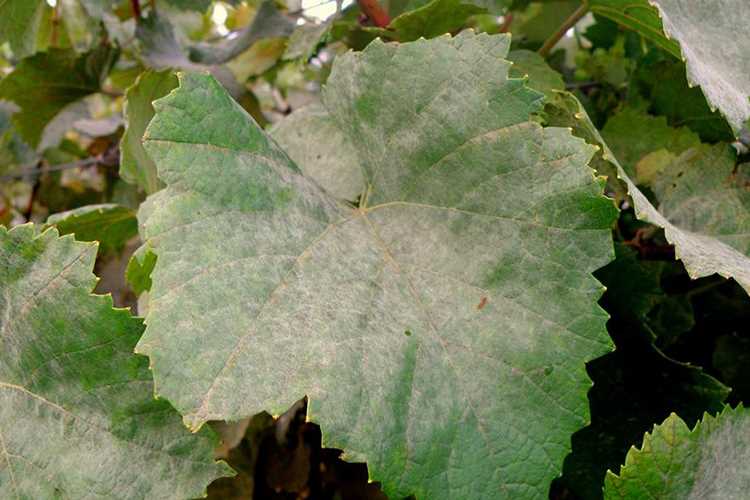
Oidium, also known as powdery mildew, is a fungal disease that affects grapevines. It can have a significant impact on grape yield and quality if left untreated. Early diagnosis is key to effectively treating Oidium and preventing its spread. This article will outline the signs and symptoms of Oidium and provide guidance on diagnosing the disease in grapevines.
Signs and Symptoms
Oidium presents itself as a whitish-gray powdery coating on the surface of grapevine leaves, shoots, and fruit. This powdery coating is typically the first visible sign of the disease and can easily be mistaken for dust or other fungal infections. However, with time, the coating becomes thicker and can cover large areas of the affected plant.
Other signs and symptoms of Oidium include leaf curling, deformation, and discoloration. Affected leaves may also exhibit yellow or brown spots, while shoots may become stunted or distorted. Oidium can also cause premature defoliation, reducing the plant’s ability to produce energy through photosynthesis.
Diagnosing Oidium
To diagnose Oidium on grapevines, start by closely inspecting the affected plant for the characteristic powdery coating. Look for any signs of curling, deformation, or discoloration on the leaves and shoots. It is also important to check the undersides of the leaves, as this is where the Oidium spores are most likely to be found.
In addition to visual inspection, a simple diagnostic test can be conducted by gently rubbing a finger or a piece of white paper on the affected area. If the coating is Oidium, it will produce a powdery residue on the finger or paper.
It is important to note that Oidium can be easily confused with other fungal diseases or environmental factors, such as sunburn or nutrient deficiencies. If there is any doubt about the diagnosis, it is recommended to consult a plant pathologist or a grapevine disease specialist for confirmation.
Conclusion
Early diagnosis of Oidium is crucial for preventing its spread and minimizing its impact on grapevines. By recognizing the signs and symptoms of the disease and conducting simple diagnostic tests, growers can take timely action to implement an effective treatment plan. Proper diagnosis will ensure that the most appropriate treatments, such as colloidal sulphur solutions, are used to combat Oidium effectively.
Visual Inspection
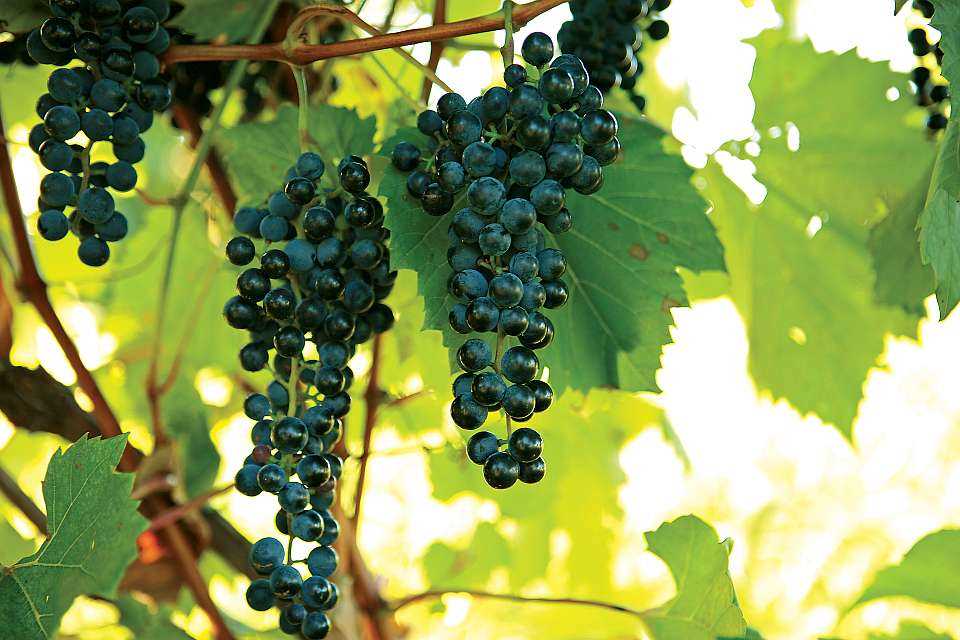
Oidium on grapes can be identified through visual inspection of the plant’s leaves, stems, and fruit. This method allows growers to detect the presence of the fungal disease early on, enabling them to take necessary measures for its treatment.
When conducting a visual inspection, it is important to look for the following signs of oidium:
- White powdery patches: These patches resemble flour or talcum powder and can be found on both sides of the leaves, as well as on the stems and fruit of the grapevine.
- Leaf curling and discoloration: Infected leaves may curl, wither, or turn yellow or brown. This is particularly evident on the older leaves of the plant.
- Stunted growth: Oidium can hinder the plant’s growth, leading to reduced fruit production and smaller grapes.
- Cracked or blemished fruit: As the disease progresses, the affected grape berries may develop cracks, blemishes, or an overall shriveled appearance.
It is important for grape growers to conduct regular visual inspections of their vineyards to catch the early signs of oidium infestation. Early detection allows for more effective treatment and helps prevent the spread of the disease to other plants in the vicinity.
Laboratory Analysis
Before determining the effectiveness of colloidal sulphur solutions in treating oidium on grapes, laboratory analysis is conducted to evaluate the concentration and quality of the solution.
The laboratory analysis includes the following steps:
- Sample Collection: A sample of the colloidal sulphur solution is collected from the storage tank or container.
- Preparation: The collected sample is prepared for analysis by filtering it to remove any impurities or solid particles.
- pH Measurement: The pH level of the solution is measured using a pH meter to ensure it falls within the desired range for effective treatment.
- Concentration Analysis: The concentration of sulphur in the solution is determined using a spectrophotometer or other appropriate analytical techniques.
- Purity Analysis: The purity of the colloidal sulphur solution is assessed by checking for the presence of any contaminants or unwanted substances.
- Microbial Testing: The solution is tested for the presence of any microbial contaminants that may affect its efficacy in treating oidium.
The laboratory analysis helps ensure that the colloidal sulphur solution used for treating oidium on grapes is of the desired quality and concentration. This data can be used to make informed decisions on the dosage and application of the solution in the field.
Treating Oidium on Grapes
Oidium, also known as powdery mildew, is a common fungal disease that affects grapevines. It can cause significant damage to grape crops if left untreated. Fortunately, there are effective treatments available to combat Oidium and ensure the health and productivity of grapevines.
1. Colloidal Sulphur Solutions
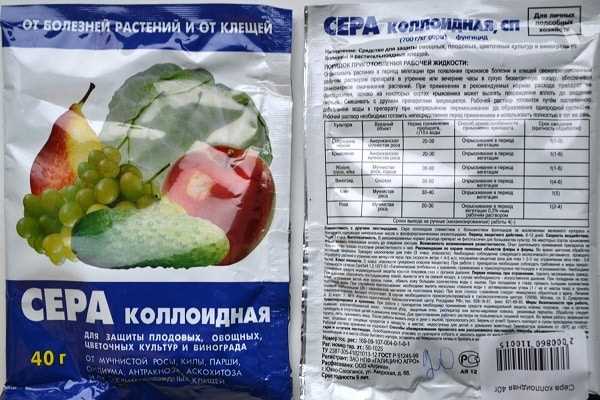
One of the most effective treatments for Oidium on grapes is the use of colloidal sulphur solutions. Colloidal sulphur is a finely divided form of sulphur that can be easily applied to grapevines. It works by inhibiting the growth of the Oidium fungus and stopping its spread on the plant.
Colloidal sulphur solutions can be sprayed directly onto the grapevines, covering both the leaves and the fruit. The sulphur particles adhere to the surface of the plant and create a protective barrier, preventing the Oidium fungus from establishing itself and causing damage. Regular application of colloidal sulphur solutions can effectively control Oidium on grapevines.
2. Application Guidelines
When using colloidal sulphur solutions to treat Oidium on grapes, it is important to follow the recommended application guidelines. These guidelines may vary depending on the severity of the Oidium infection and the specific grape variety being treated. However, some general guidelines include:
- Ensure thorough coverage of the grapevines, including the undersides of the leaves and clusters of grapes.
- Avoid applying the solution during periods of high humidity, as this can promote the spread of Oidium.
- Apply the colloidal sulphur solution at regular intervals throughout the growing season, following the manufacturer’s instructions.
3. Integrated Pest Management
In addition to using colloidal sulphur solutions, it is important to incorporate other strategies as part of an integrated pest management approach to control Oidium on grapes. This may include techniques such as:
- Pruning and thinning grapevines to improve air circulation and reduce humidity, which can help prevent the spread of Oidium.
- Removing and disposing of infected plant material to prevent the fungus from overwintering and re-infecting the grapevines in the following year.
- Monitoring grapevines regularly for signs of Oidium and taking prompt action if an infection is detected.
4. Consultation with Experts
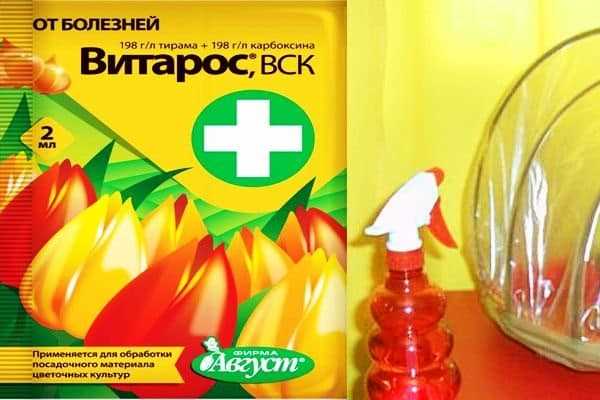
If you are unsure about how to effectively treat Oidium on grapes or if the infection is severe, it is recommended to consult with agricultural experts or horticulture professionals. They can provide guidance on the best treatment options and help ensure the health and productivity of your grapevines.
By following these guidelines and using effective treatments such as colloidal sulphur solutions, grape growers can effectively control and manage Oidium infections, protecting their grape crops and ensuring the production of high-quality grapes.
Colloidal Sulphur Solutions
Colloidal sulphur solutions are a widely used treatment for oidium on grapes. These solutions contain finely divided elemental sulphur suspended in a liquid medium. They are applied to grape vines as a spray to effectively control and prevent the growth of oidium, which is a common fungal disease that affects grape plants.
Advantages of Colloidal Sulphur Solutions
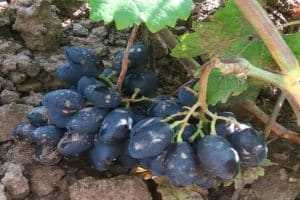
- Effective Fungal Control: Colloidal sulphur solutions have been proven to effectively control oidium on grapes. The sulphur particles in the solution create a protective barrier on the grapevine leaves, preventing the fungus from establishing itself and spreading.
- Eco-Friendly: Unlike some chemical fungicides, colloidal sulphur solutions are considered environmentally friendly. They have a low toxicity and do not harm beneficial insects or other organisms in the vineyard ecosystem.
- Residual Activity: Colloidal sulphur solutions have a residual effect, meaning they continue to protect the grapevines from oidium for a certain period of time after application. This can help prevent reinfection and allow the grapevine leaves to remain disease-free for an extended period.
- Compatibility with Integrated Pest Management: Colloidal sulphur solutions can be used as part of an integrated pest management (IPM) program. They can be applied in combination with other control methods, such as biological controls or cultural practices, to effectively manage oidium and reduce the reliance on chemical inputs.
Application and Dosage
Colloidal sulphur solutions are typically applied as a foliar spray to the grapevines. The dosage and application timing may vary depending on the grape variety, stage of growth, and severity of oidium infestation. It is important to follow the manufacturer’s instructions and consult with a vineyard specialist or agronomist for specific recommendations.
| Dosage | Timing |
|---|---|
| 2-4 kg/ha | At the first signs of oidium |
| 2-3 kg/ha | During rapid shoot growth |
| 1 kg/ha | As a preventive measure during critical growth stages |
Note: The above dosage and timing recommendations are general guidelines and may vary based on local conditions and grape cultivars. Always refer to the specific product label and consult with a professional before application.
In conclusion, colloidal sulphur solutions offer an effective and environmentally friendly treatment for oidium on grapes. Their ability to control the fungus, residual activity, and compatibility with integrated pest management make them a valuable tool for grape growers in preventing and managing oidium infestations.
Application Methods
Spraying
Spraying is the most common and widely used method for applying colloidal sulphur solutions to control oidium on grapevines. It involves spraying the solution directly onto the affected plants using a sprayer. The sprayer should be properly calibrated to ensure that the solution is evenly distributed over the foliage, including the undersides of the leaves where the fungus often thrives.
Drenching
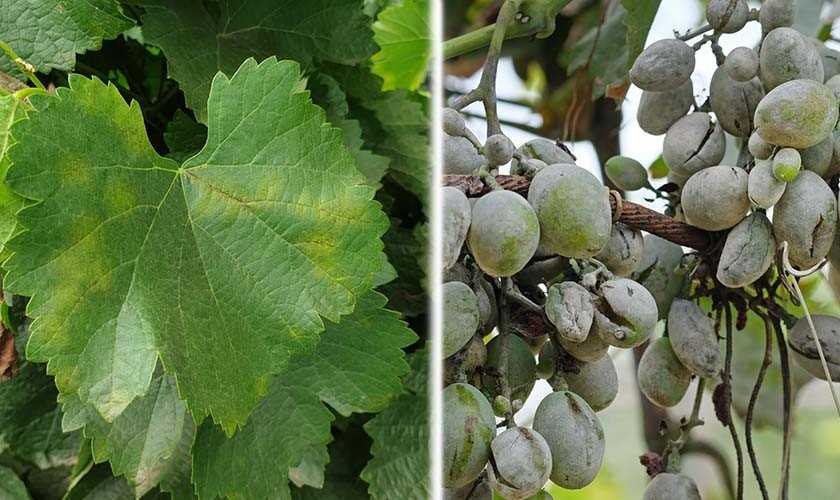
Drenching is another effective method for applying colloidal sulphur solutions to grapevines. It involves pouring the solution directly onto the soil around the base of the plants, allowing it to be absorbed by the roots. This method is particularly useful for treating systemic infections, as it allows the sulphur to be transported throughout the entire plant, providing protection against the fungus from within.
Fumigation
Fumigation is a method that can be used for severe cases of oidium infestation. It involves creating a closed environment, such as a greenhouse or a plastic tunnel, and releasing the colloidal sulphur solution as a gas into the air. The gas penetrates the foliage and reaches all parts of the plant, effectively eliminating the fungus. This method should be carried out with caution, as it may pose risks to the applicator and should only be done in well-ventilated areas.
Drip Irrigation
Drip irrigation can also be used to apply colloidal sulphur solutions to grapevines. This method involves incorporating the solution into the irrigation system, allowing it to be delivered directly to the roots of the plants. It is a convenient and efficient way to treat large areas of vineyards, ensuring that the sulphur is distributed evenly throughout the soil and taken up by the plants.
Preventing Oidium on Grapes
Introduction
Oidium, also known as powdery mildew, is a common fungal disease that affects grapevines. It can cause significant damage to grape crops, resulting in reduced yields and poor quality fruit. Preventing oidium is essential for grape growers to ensure healthy vineyards and successful harvests.
Key Strategies for Prevention
- Site Selection: Choosing the right site for grape cultivation is crucial. Select locations with good airflow, proper sunlight exposure, and adequate drainage to minimize the risk of oidium infection.
- Cultivar Selection: Plant grape varieties that are resistant to oidium. Resistant cultivars are less susceptible to fungal infections and can significantly reduce the risk of outbreaks.
- Cultural Practices: Implementing good cultural practices can help prevent oidium on grapes. These practices include proper pruning to increase airflow, regular removal of infected plant material, and maintaining proper vineyard sanitation.
- Fungicide Applications: Regularly monitor vineyards for signs of oidium and apply fungicides as needed. Fungicides with active ingredients such as sulfur or other chemical compounds can effectively control and prevent oidium infections.
- Integrated Pest Management: Implementing an integrated pest management (IPM) program can help prevent oidium and other pests. IPM involves using various control strategies, such as biological control agents, to manage pests effectively while minimizing the use of pesticides.
Monitoring and Early Detection
Regular monitoring of grapevines is essential for early detection of oidium. Visual inspections should be conducted at least once a week during the growing season to identify any signs of infection. Early detection allows for prompt treatment and prevents the spread of the disease to other grapevines.
Conclusion
Preventing oidium on grapes requires a combination of proper site and cultivar selection, cultural practices, fungicide applications, and monitoring. By implementing these strategies, grape growers can effectively protect their vineyards from oidium and ensure healthy and high-quality grape crops.
Cultural Practices
In addition to using colloidal sulphur solutions, cultural practices play a crucial role in the effective treatment and prevention of oidium on grapes. These practices not only help control the disease but also promote the overall health and vigor of the grapevines. Here are some cultural practices that can help in managing oidium:
1. Pruning and Training
Proper pruning and training of grapevines can have a significant impact on the incidence and severity of oidium. Pruning techniques should focus on providing adequate air circulation and sunlight penetration through the canopy, which helps in reducing humidity levels and creating an unfavorable environment for oidium growth. Moreover, training the vines on trellises or wires ensures better exposure to sunlight and improves spray coverage.
2. Canopy Management
Maintaining a balanced canopy is essential for controlling oidium. Regularly removing excessive foliage and lateral shoots helps in reducing humidity levels and promoting better air circulation. This can be achieved through leaf thinning, shoot thinning, and cluster positioning. Proper cluster positioning helps in reducing the susceptibility to oidium by ensuring adequate airflow and sunlight exposure.
3. Irrigation Management
Proper irrigation management plays a crucial role in preventing oidium. Over-irrigation and excessive moisture can create favorable conditions for oidium growth. It is important to avoid excess moisture by using appropriate irrigation techniques such as drip irrigation or regulated deficit irrigation. These techniques help in maintaining the moisture levels in the soil at optimal levels and prevent excess humidity in the vineyard.
4. Weed Control
Controlling weeds in the vineyard is important for minimizing the risk of oidium. Weeds can act as hosts for the disease, providing a breeding ground for the fungus and increasing the severity of the infection. Implementing appropriate weed control measures such as mulching, mowing, or herbicide application can help in reducing the spread of oidium.
5. Sanitation
Maintaining proper sanitation practices in the vineyard can help in preventing the spread of oidium. This includes regularly removing and disposing of infected plant material, fallen leaves, and clusters affected by the disease. Sanitation also involves maintaining clean tools and equipment to prevent the transmission of oidium from one vine to another.
6. Monitoring and Early Detection
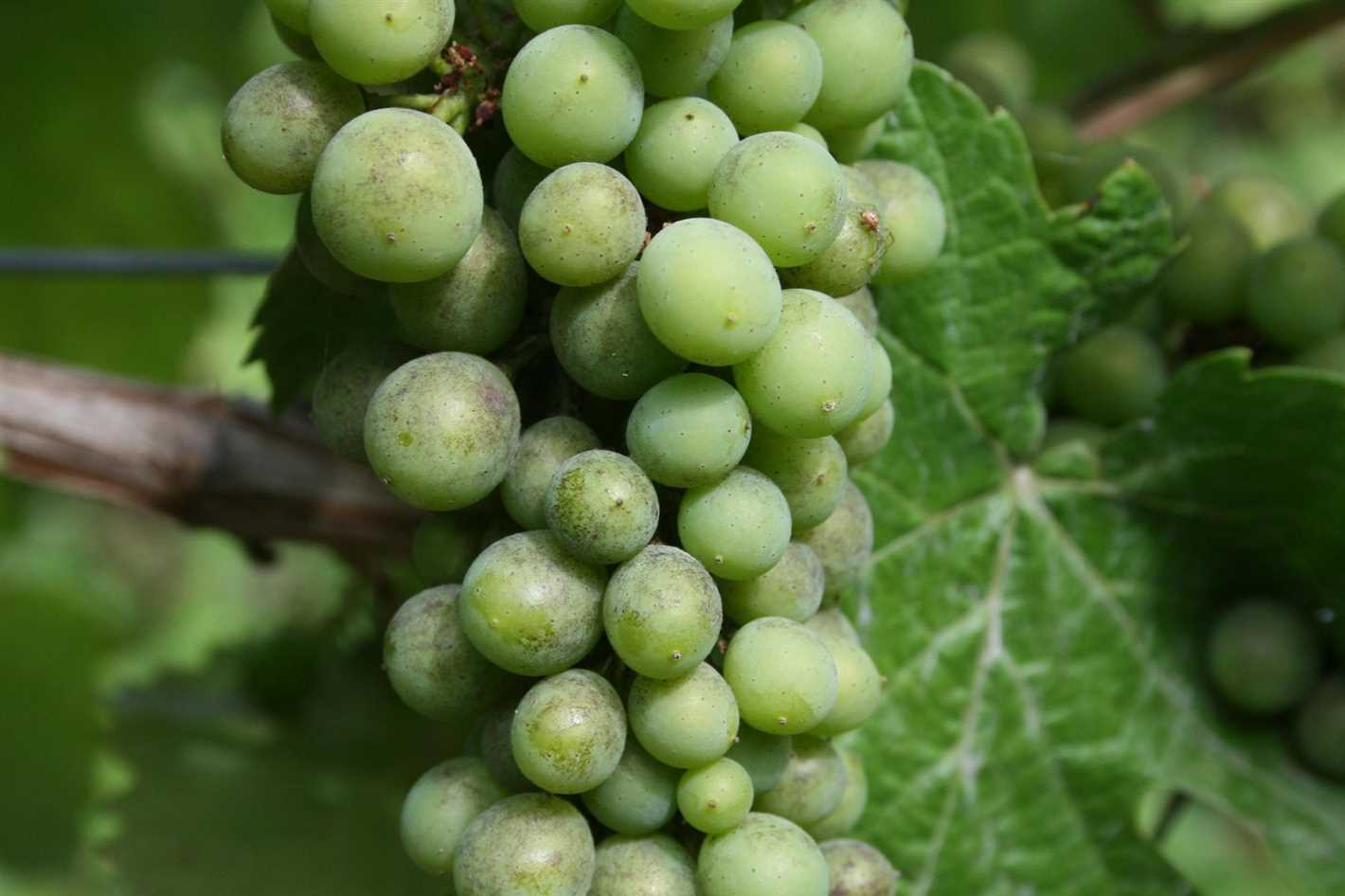
Regular monitoring of the vineyard is crucial for early detection of oidium. This involves visually inspecting the grapevines for any signs of the disease, such as white powdery patches on the leaves, shoots, and clusters. Early detection allows for timely intervention and reduces the risk of the disease spreading to other vines.
By implementing these cultural practices, grape growers can effectively manage oidium and maintain the health and productivity of their vineyards.
Question-answer:
What is oidium?
Oidium, also known as powdery mildew, is a fungal disease that commonly affects grape crops.
What are the symptoms of oidium on grapes?
The symptoms of oidium on grapes include a white powdery coating on the leaves, shoots, and fruits of the grapevines. The affected areas may also develop yellowish or brownish patches.
How does oidium affect grape production?
Oidium can significantly reduce grape production by damaging the leaves and affecting the photosynthesis process. It can also lead to the deformation and loss of fruit clusters, resulting in lower yields and poor-quality grapes.
What is a colloidal sulfur solution?
A colloidal sulfur solution is a liquid formulation that contains finely divided sulfur particles dispersed in a liquid carrier. It is commonly used as a fungicide to control various fungal diseases, including oidium on grapes.
How does colloidal sulfur work against oidium?
Colloidal sulfur works against oidium by directly inhibiting the growth of the fungal spores and mycelium. It creates a protective film on the plant surface, preventing the establishment and development of the fungus.
How should colloidal sulfur solutions be applied?
Colloidal sulfur solutions should be applied using a suitable sprayer, making sure to cover all parts of the grapevines, including the leaves, shoots, and fruits. It is recommended to apply the solution early in the morning or late in the evening when the weather is cooler and the plants are less susceptible to damage.







